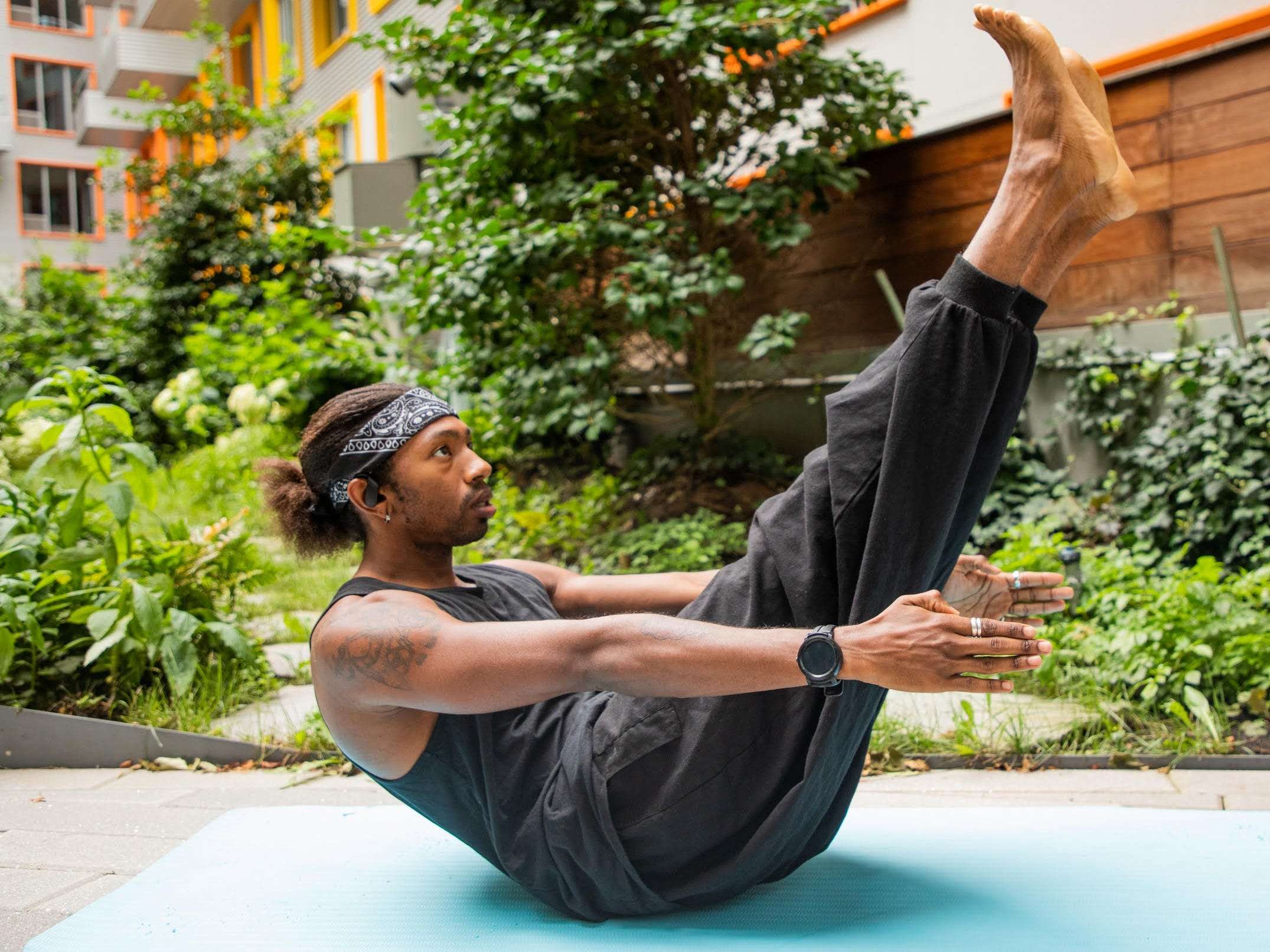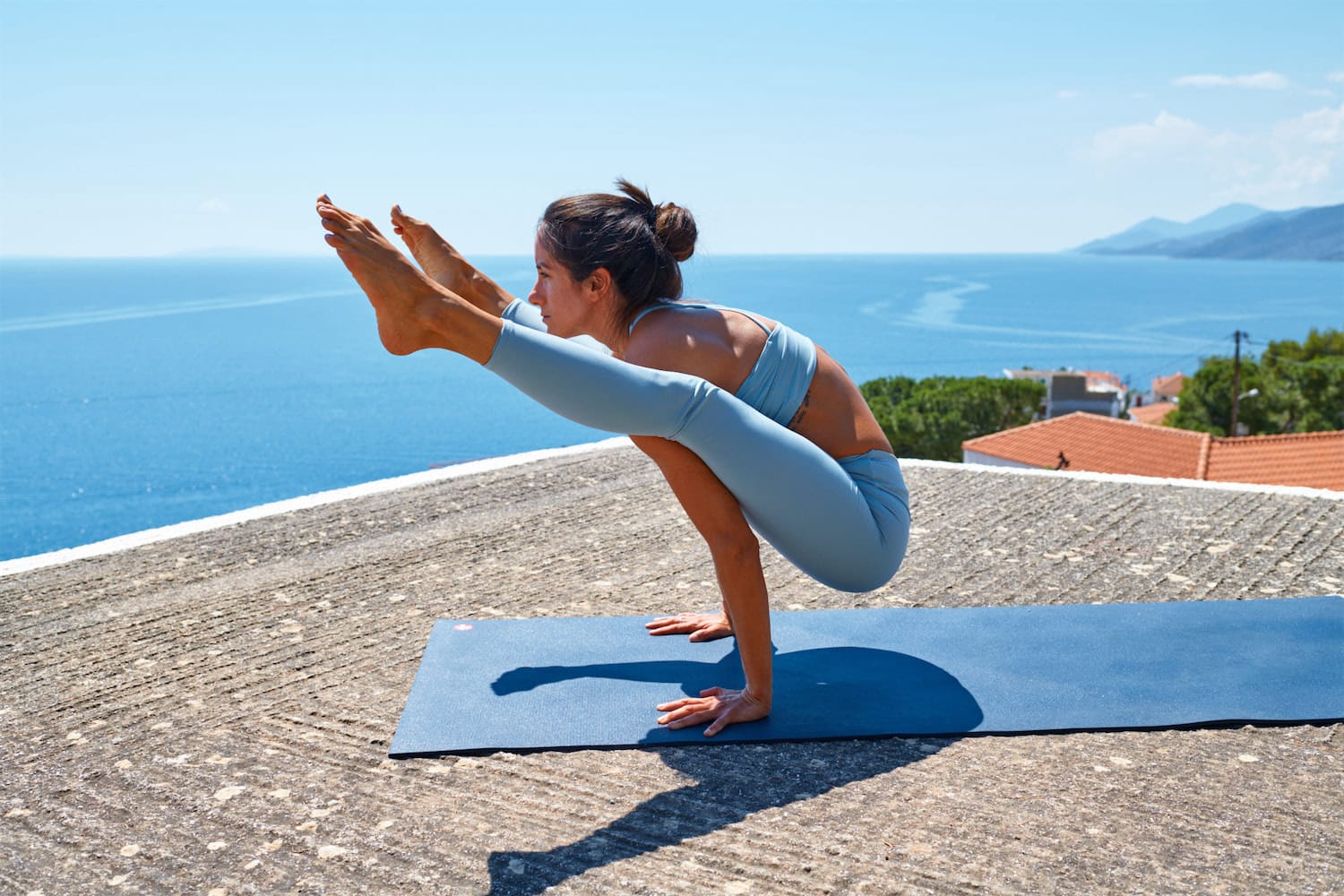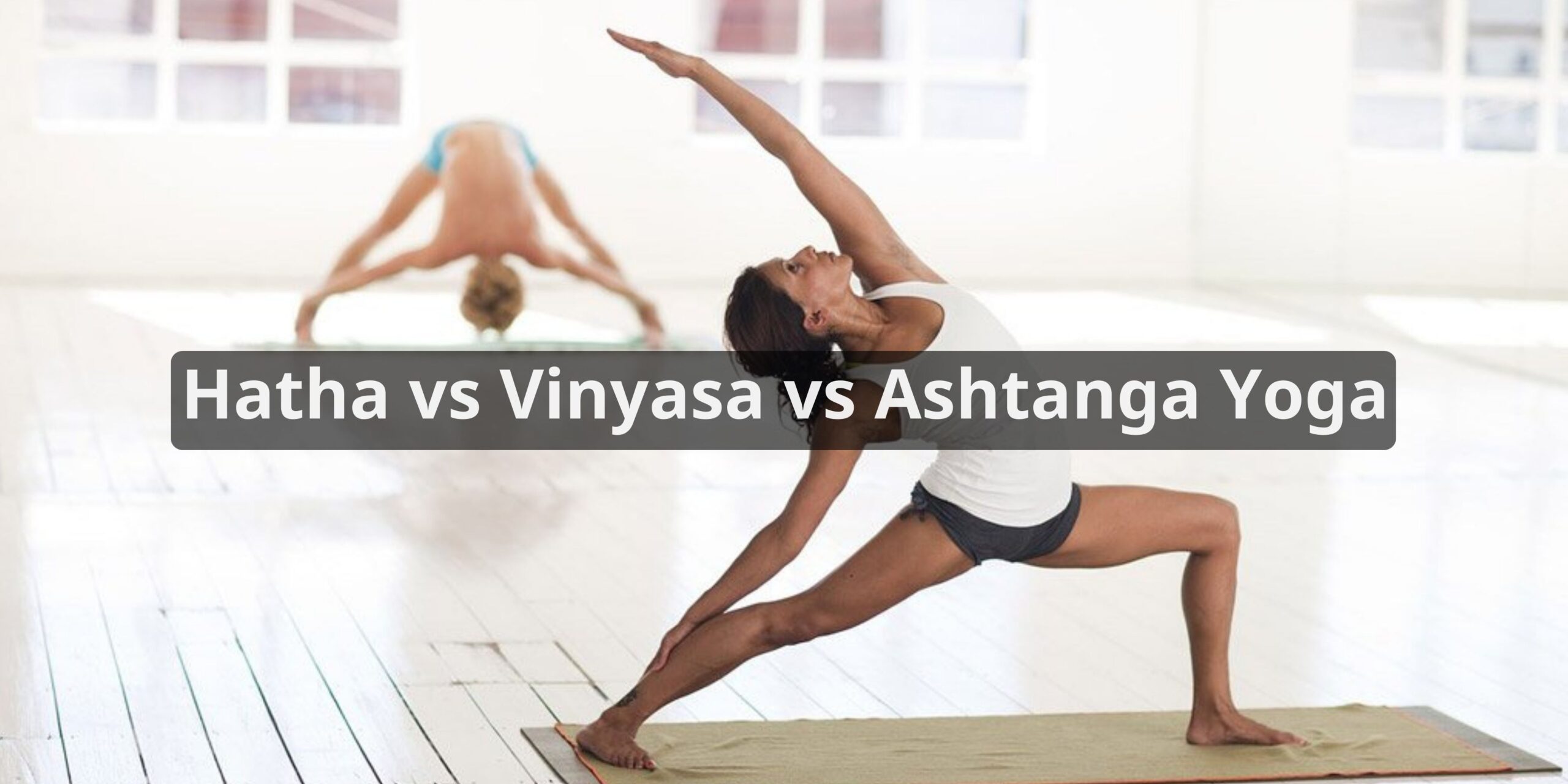Yoga has become an increasingly popular form of exercise and stress relief around the world. There are many different styles of yoga, each with their own unique characteristics and benefits. Three of the most common styles practiced in the West are Hatha vs Vinyasa vs Ashtanga yoga. Understanding the differences between these three styles can help you pick the yoga practice that is best suited for your needs and preferences.
Hatha Yoga

Hatha yoga refers to the physical branch of yoga that focuses on aligning and balancing the body through asanas (yoga poses). Hatha classes are usually slower paced and emphasize holding static poses for longer periods of time. The poses can range from basic to more advanced, but a Hatha yoga class will typically include:
- Sun salutations (Surya Namaskar)
- Standing poses like Warrior I II, Triangle, and Tree
- Seated forward bends and twists like Paschimottanasana (Seated Forward Bend) and Marichyasana (Twist)
- Backbends like Ustrasana (Camel Pose), Setu Bandha Sarvangasana (Bridge Pose)
- Inversions like Adho Mukha Svanasana (Downward Facing Dog), Viparita Karani (Legs up the wall pose)
The sustained holds in the asanas allow you to focus on alignment, muscle control, and breathing. Hatha classes are a good place to start for beginners looking to learn the foundations of yoga, as well as those seeking a gentle, meditative practice. Hatha yoga helps build strength, flexibility, balance, and mindfulness.
Vinyasa Yoga

Vinyasa yoga is a dynamic style of yoga where students fluidly move from one pose to the next while synchronizing the movement with their breathing. The term “vinyasa” means “to place in a special way,” referring to the sequenced flow of postures.
A Vinyasa yoga class will typically include:
- Sun salutations (Surya Namaskar)
- Chaturanga (Four Limbed Staff Pose)
- Plank pose
- Downward Facing Dog
- Warrior sequences
- Standing poses like Tree, Triangle
- Seated and reclining poses mixed throughout
The poses are connected through smooth transitions that are coordinated with the inhale and exhale. Whereas Hatha yoga focuses on static poses held for long periods, Vinyasa yoga keeps you moving constantly from one posture to the next in a flowing sequence. This increases strength, flexibility, and cardiovascular endurance. The pace of Vinyasa classes can range from slow and graceful to very vigorous. Beginner classes will teach slower flows with more time to get into and out of poses while more advanced practitioners will move rapidly between postures. Due to its faster, dynamic nature, Vinyasa yoga creates more internal heat and sweat than Hatha yoga.
Ashtanga Yoga

Ashtanga yoga is a set sequence of poses linked together with breathwork. It follows a structured system of 6 established Vinyasa sequences that systematically progress in difficulty. The primary series is called Yoga Chikitsa and aims to detoxify the body and build strength. The second series is Nadi Shodhana which targets the energy channels. The third is Stamina and the most advanced level is Strength.
Here are some key features of Ashtanga yoga:
- Set sequence of poses that stay the same in every class
- Flows are synchronized with Ujjayi breath (ocean sounding breath)
- Jumps and quick transitions between poses
- Focuses on strength, flexibility, and internal heat
- Can be very athletically demanding compared to Hatha and Vinyasa
- To progress, students must master each series before moving to next level
Ashtanga yoga provides an orderly, progressive approach to students who prefer structure in their practice. Once a pose is learned within the sequence, it will always occur at that point allowing the practitioner to improve each time. Due to its vigorous, challenging nature, Ashtanga yoga is recommended for experienced yogis looking to advance their practice.
Comparison of the Styles
Hatha yoga is the slowest paced of the three styles. It emphasizes static poses held for longer periods with a focus on alignment, posture, and breathing. Hatha classes are gentle and meditative.\n\n*Vinyasa yoga* connects movement and breath in a flow of poses. Classes range from slow and graceful sequences to very athletic, intense flows. There is more variety between Vinyasa classes depending on the teacher.
Ashtanga yoga follows a set sequence of poses synchronized with Ujjayi breath. It is the most rigorous due to the quick transitions, jumps, and inverted postures. Ashtanga provides a systematic, progressive approach to mastery.
All three styles improve strength, flexibility, balance, and mental focus through their shared yoga poses and breathwork. The intensity, flow, and structure varies allowing you to find a practice that suits your fitness level, stamina, and goals. Hatha is ideal for beginners seeking a gentle introduction while Ashtanga offers an advanced path for experienced yogis to build mastery. Vinyasa spans the spectrum from meditative flows to power yoga.
When selecting a style, consider your needs and abilities. New students are encouraged to start with Hatha or basic Vinyasa to learn proper alignment and breathwork. As your practice develops, experiment with more vigorous Vinyasa and Ashtanga classes to build strength and stamina. It is beneficial to incorporate different styles to achieve a well-rounded yoga practice. Consulting an experienced teacher can also help determine which style of yoga is right for you.
Conclusion
Hatha, Vinyasa and Ashtanga yoga encompass some of the most popular styles practiced in yoga studios today. While they share foundational asanas, pranayama, and meditation practices, each style offers a distinct approach:
- Hatha for gentle, slow-paced holds and alignment
- Vinyasa for flowing sequences that link movement and breath
- Ashtanga for athletic, set sequence routines that systematically progress
Understanding the differences allows you to select a practice that fits your needs as a student. Sampling various styles also adds diversity to your yoga routine, helping you become a more adaptable and well-rounded practitioner. With an open mind and commitment to self-study, your exploration of Hatha, Vinyasa and Ashtanga yoga will unveil a transformative journey of strength, flexibility, balance and inner peace.
FAQs About Hatha vs Vinyasa vs Ashtanga
What are the primary goals and intentions of Hatha, Vinyasa, and Ashtanga yoga practices?
Hatha yoga aims for balance and alignment, promoting physical and mental harmony. Vinyasa yoga emphasizes fluidity, linking breath and movement for a meditative flow. Ashtanga yoga seeks to build strength, flexibility, and self-discipline.
Can you clarify the level of physical intensity in Hatha, Vinyasa, and Ashtanga yoga?
Hatha is gentle and suitable for all levels. Vinyasa offers moderate to high intensity due to the continuous flow. Ashtanga is highly intense, requiring strength, endurance, and commitment.
How do Hatha, Vinyasa, and Ashtanga yoga impact flexibility, strength, and mental focus differently?
Hatha enhances flexibility and strength gradually, with a focus on mindfulness. Vinyasa builds strength and flexibility through dynamic movement. Ashtanga develops significant strength, flexibility, and unwavering mental concentration.
Are there variations of these yoga styles for different skill levels and preferences?
Yes, variations cater to different levels. Beginner Hatha and Vinyasa classes offer foundational instruction, while Hatha Flow blends elements of Hatha and Vinyasa. Modified Ashtanga provides a gentler introduction to the Ashtanga system.
Which of these yoga styles is best suited for beginners, and which is more challenging?
Hatha is ideal for beginners due to its slower pace and focus on fundamentals. Ashtanga is the most challenging, recommended for experienced practitioners. Vinyasa falls in between, suitable for both beginners and those seeking a moderate challenge.
Can you recommend resources or instructors specializing in Hatha, Vinyasa, or Ashtanga yoga?
Online platforms like Yoga Journal provide information on various styles. For instructors, check local yoga studios or online platforms offering classes by certified teachers in your chosen style.

